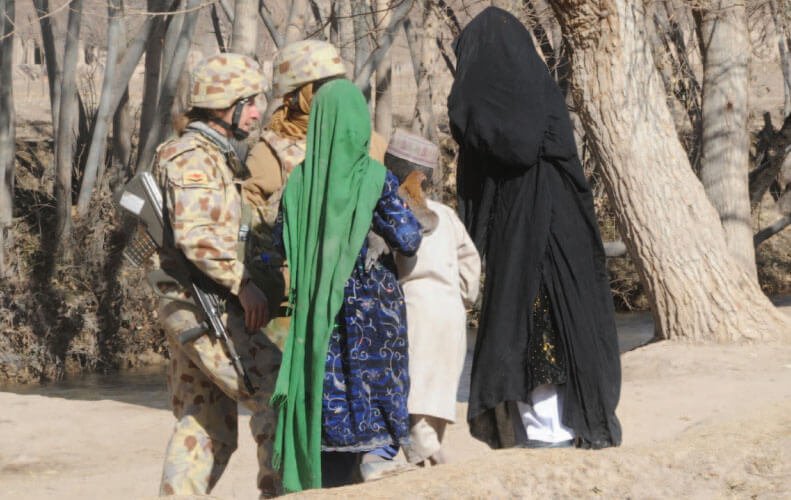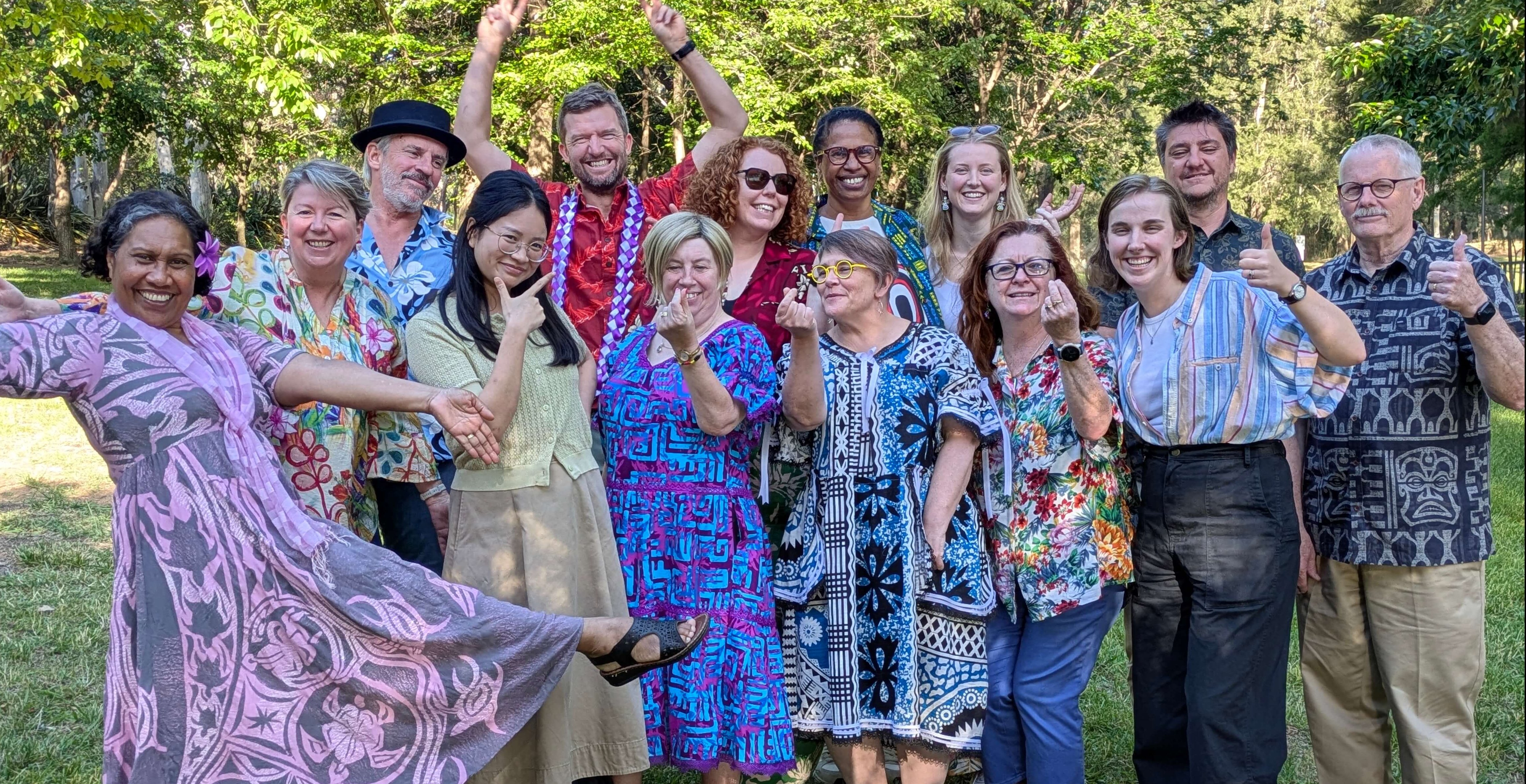Last time, we looked at the UNSCR 1325 as the centrepiece of the international women, peace and security agenda. UNSCR 1325 and the six subsequent resolutions that expand upon it set a framework for the participation and protection of women and the prevention of gender-based violence.
As a UN Member Nation and an active contributor to peace and security operations globally, Australia has a responsibility to uphold the principles of the women, peace and security agenda.
Australia’s National Action Plan on Women, Peace and Security 2012-2018 (NAP) consists of five thematic areas that reflect the principles of the UN resolutions: prevention, participation, protection, relief and recovery, and normative, which involves raising awareness and mainstreaming gender perspectives across government policies on peace and security. The agencies responsible for the implementation of the NAP were identified as the Departments of Defence, Foreign Affairs and Trade, and Prime Minister and Cabinet, the Attorney General’s Department, the Australian Federal Police (AFP) and the Australian Civil Military Centre.
The NAP was innovative when it was released in March 2012. It exceeds Australia’s international obligations in its development of participation. Along with empowering local women to be involved in peace and security processes in post conflict and disaster effected regions, the NAP set the intention to strive for equal representation of women and men in Australian peace and security institutions. This domestic goal is significant, as it recognises the need for Australian agencies to improve their internal systems to increase the participation of women.
The NAP set measures to achieve this goal that include embedding the women, peace and security agenda in the management of Defence, AFP and deployed personnel. These include training, increased opportunities for the deployment of female personnel, and formalised procedures for reporting and investigating complaints of gender-based violence and harassment involving Australian defence, police, civilian or contracted personnel.
Late last year, the government released an interim report reviewing the whole of government progress in implementing the actions under the NAP. The Review, conducted by the Humanitarian Advisory Group, showed that implementation of the NAP needs strengthening, and that its implementation across agencies had been uneven across agencies. Though the Review was generally critical of progress made under the NAP, there are still eighteen months remaining before this iteration of the Plan ends, and it is likely that its successor plan will follow a similar framework, focused on the same five themes.
In the time remaining before the end of the NAP 2012-2018 and beyond, the agencies responsible must reaffirm their commitment to its principles and implementation.



